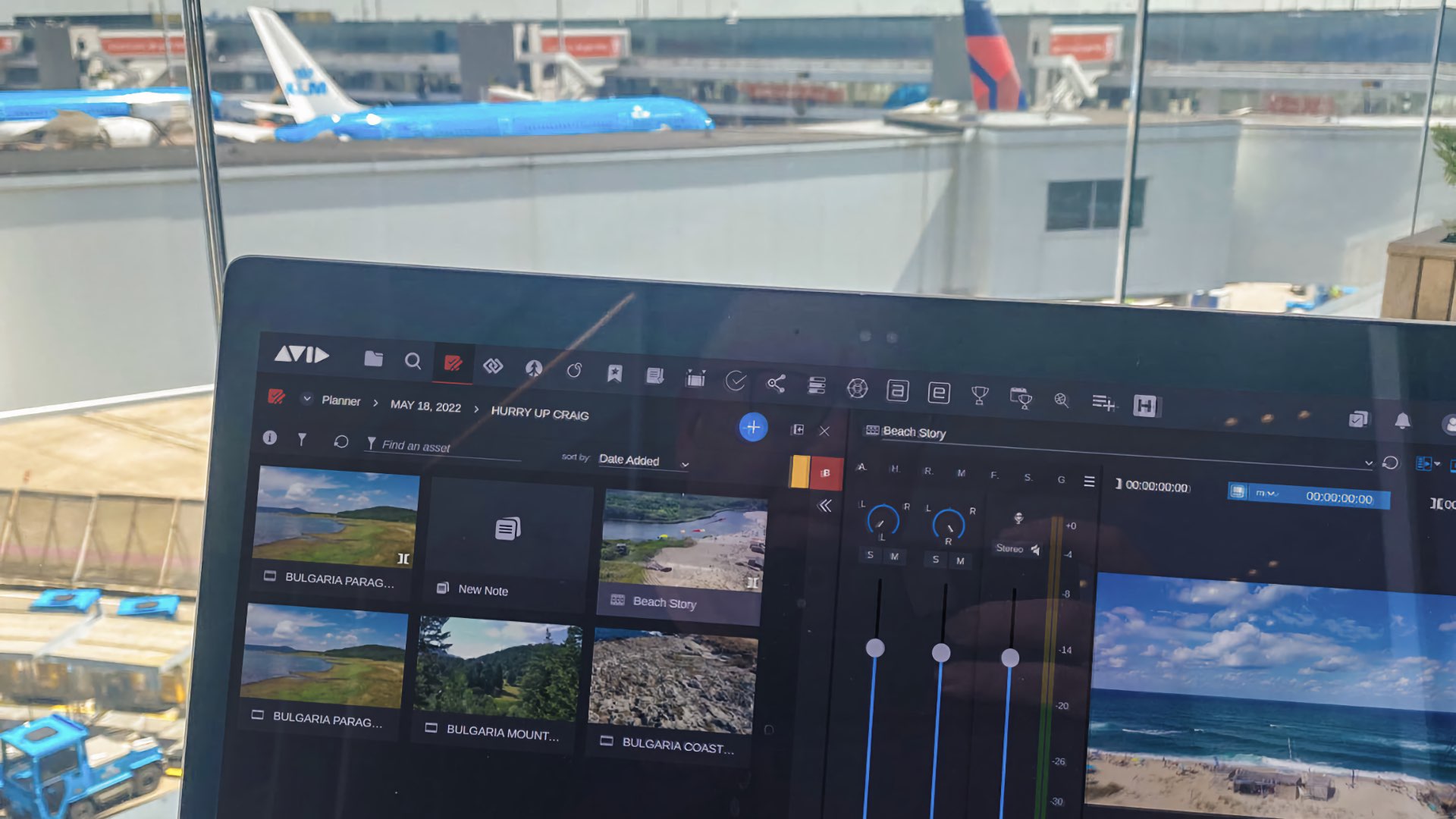
The new Avid Media Production in the Cloud subscription does exactly what it says on the tin and looks to enable distributed broadcast and digital production teams to collaborate on their workflows from anywhere.
While a cursory read of the press could convince you that the broadcast industry has been working in the cloud for years now, the truth is a little more lumpy than that. Certain parts of the production workflow are ahead of others — NLE cloud editing is pretty well established, for instance — and different areas of the industry are entering it at different speeds.
Live, and by this we mean primarily sports and news, has been one of the most cautious to embrace the cloud. Part of this comes from a natural conservatism about making sure the technology — and this applies to everything it uses — is robust enough to ensure that no one ever falls off air. And part of it is down to the fact that the cloud remains both complex to navigate and is full of hidden costs. As one OB head once put it, you can add one extra camera channel and the whole thing can tip from saving money to being the most expensive option just like that.
In the context of all that, what Avid is doing with its new Media Production in the Cloud subscription makes a lot of sense. It’s essentially a ready-built cloud ecosystem that takes an organisation’s existing Avid set-up, MediaCentral systems and Avid NEXIS storage, and deploys it in the cloud. Any users anywhere in the world, with the small caveat that they have bandwidth at their disposal, can then connect and start to search, preview, ingest, edit, and publish media.
According to the company ‘dozens’ of users can connect simultaneously (unfortunately as precise as that figure gets) and, in the same as an on-prem deployment, editors have a choice of using MediaCentral, Media Composer, or Adobe Premiere Pro when connected to cloud storage. Teams meanwhile can use Avid’s MediaCentral | Collaborate and other iOS and browser apps to plan and contribute to stories remotely while tracking all aspects of story production.
“With today’s distributed workforce, broadcasters are increasingly using the cloud as a production platform to quickly produce content around the world,” Raul Alba, Avid’s Director of Solutions Marketing, Media and Cloud. “Avid’s Media Production in the Cloud workflows can be stood up right alongside organizations’ existing on-premise platforms. Using familiar tools and workflows, broadcasters are finally gaining entry to cloud production without committing to a forklift overhaul or the need for additional training.”
Tags: Production


Comments